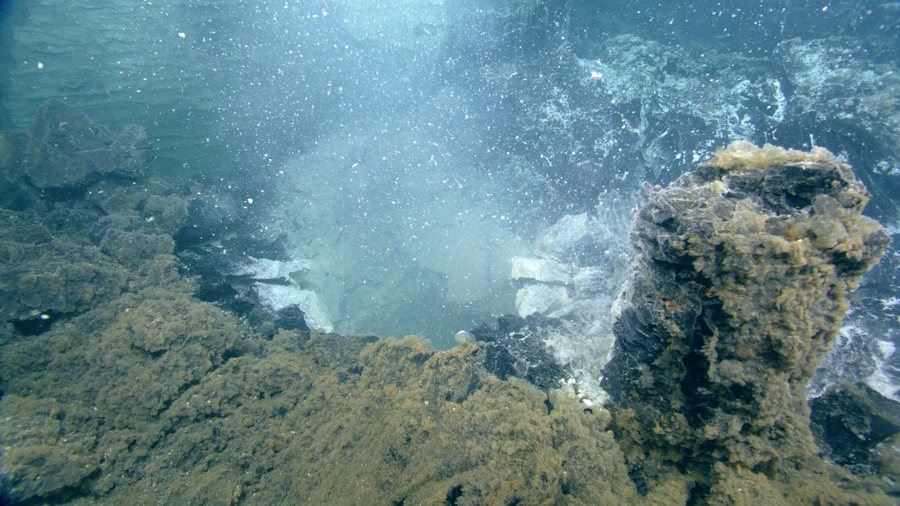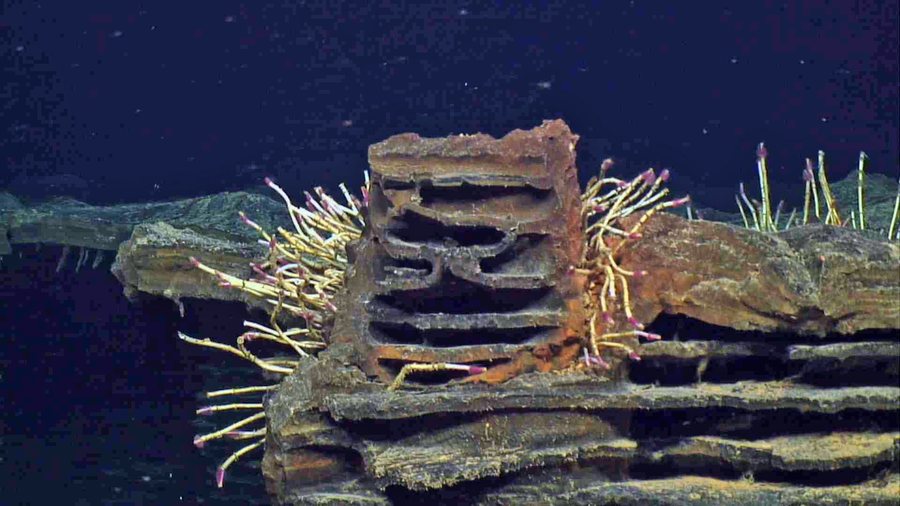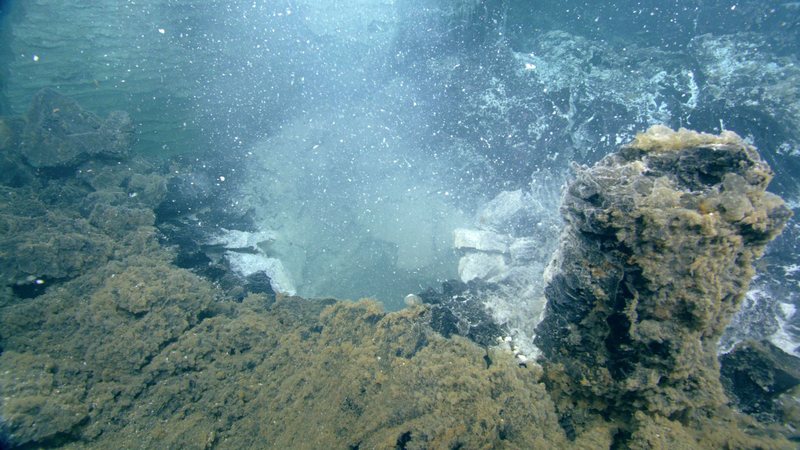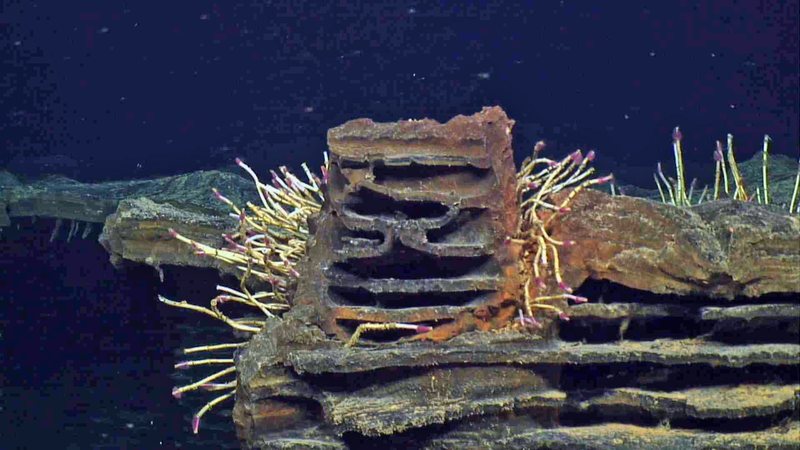A large underwater volcano about 400 kilometers off the coast of Oregon, known as Axial Seamount, is showing strong signs that it is ready to erupt, according to scientists from the University of Washington.
Located about 1.4 kilometers below the ocean's surface, the volcano sits on a geological hotspot and atop the Juan de Fuca Ridge, where two tectonic plates are pulling apart, creating constant underground pressure. In recent weeks, hundreds of earthquakes have been recorded per day, a clear indication that the volcano is filling with magma and could erupt soon.

Professor William Wilcock, a marine geophysicist, said the eruption could happen at the end of this year or early 2026, but it could also happen tomorrow.
During the last eruption in April 2015, over 10,000 earthquakes were recorded within 24 hours and magma spread 40 kilometers along the sea floor. The crater created by the collapse of the magma chamber has become a home to underwater creatures, which have thrived on mineral gases released through hydrothermal vents.
According to Professor Debbie Kelley, although the eruptions are hot and destroy life around them temporarily, they recover quickly, within a few months. Kelley emphasizes that observing this area is essential to understanding how our planet formed.

For the first time, the upcoming eruption will be broadcast live to the public, thanks to the technology of the Regional Cabled Array observatory.
Scientists are also studying the influence of lunar and tidal forces, which appear to play a role in causing the eruptions, as the last three eruptions occurred during the months of January-April. (A2 Televizion)













